Talk Overview
MicroRNAs are ~22 nucleotide RNAs processed from RNA hairpin structures. MicroRNAs are much too short to code for protein and instead play important roles in regulating gene expression. In humans, they regulate most protein-coding genes, including genes important in cancer and other diseases. In Part 1 of his talk, Bartel explains how microRNAs are made, how they have evolved, how they recognize and bind to target mRNA sequences, how this binding leads to the repression of the target mRNAs, and how this repression can be important for normal development and disease.
In Part 2, Bartel recounts experiments measuring the effect of microRNAs on mRNA levels, protein levels and protein synthesis in mammalian cells. The results showed that almost all of the changes in protein levels and synthesis are due to changes in the amount of mRNA. Interestingly, experiments in zebrafish embryos describe a somewhat different situation. In the early embryo, initial decreases in protein synthesis are due to shortening of the mRNA polyA tail, which is followed later by a decrease in the amount of RNA.
In the last part of his seminar, Bartel asks how a cell knows which hairpin RNA molecules are pre-microRNAs, and should be processed into microRNAs, and which should be ignored. He leads us through the experiments that identified some of the key conserved features of human pre-microRNAs.
Speaker Bio
David Bartel

David Bartel studies the many roles of RNA. His lab initially studied the ability of RNA to catalyze reactions and more recently has focused on microRNAs and other regulatory RNAs. Since 2000, his lab has made fundamental discoveries regarding the genomics, biogenesis and regulatory targets of these RNAs, as well as the molecular and biological… Continue Reading
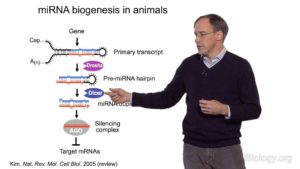

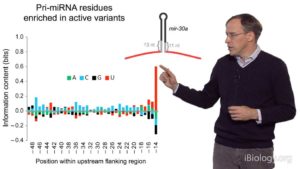
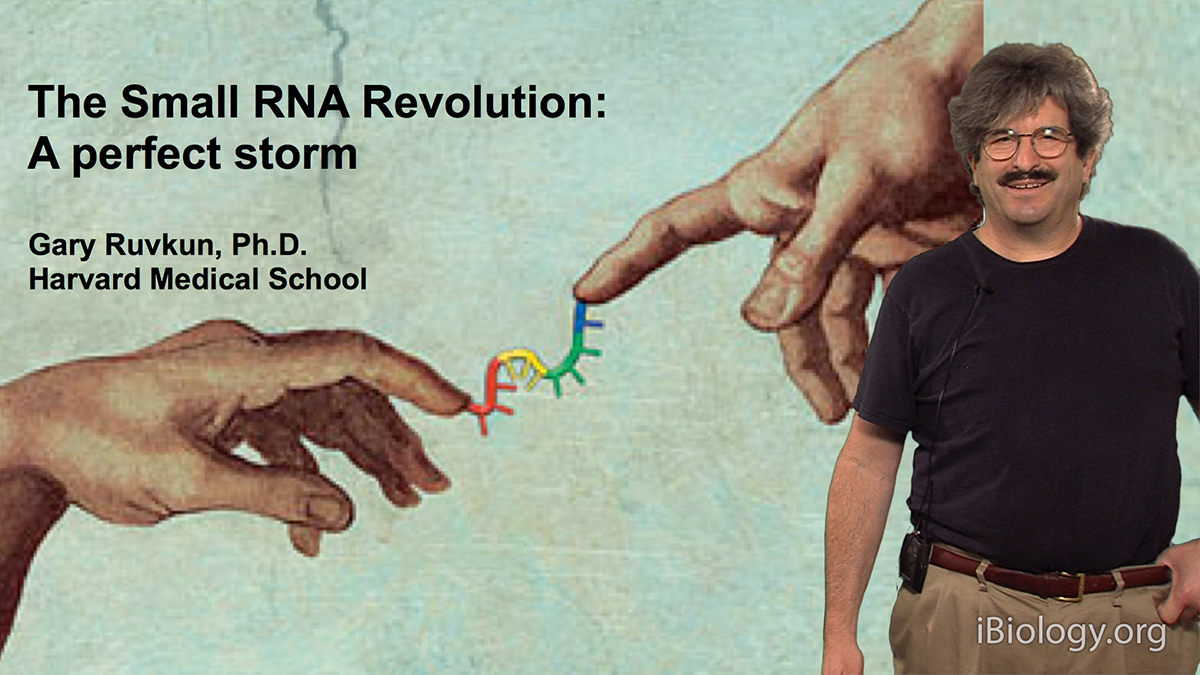

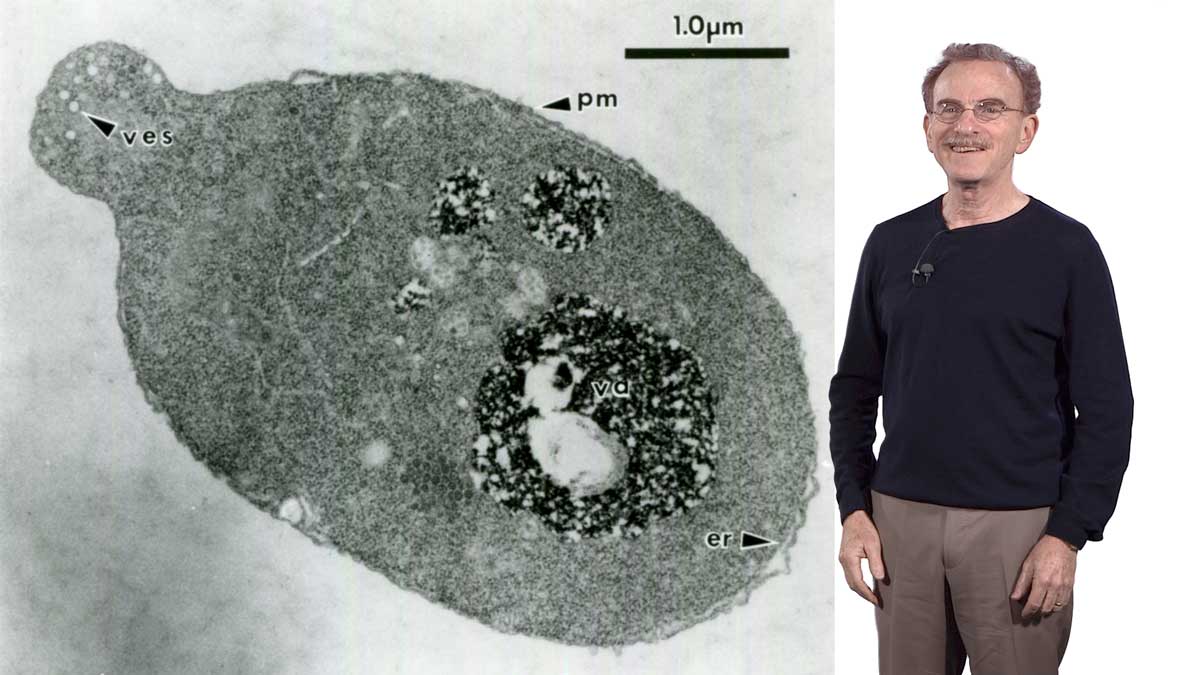
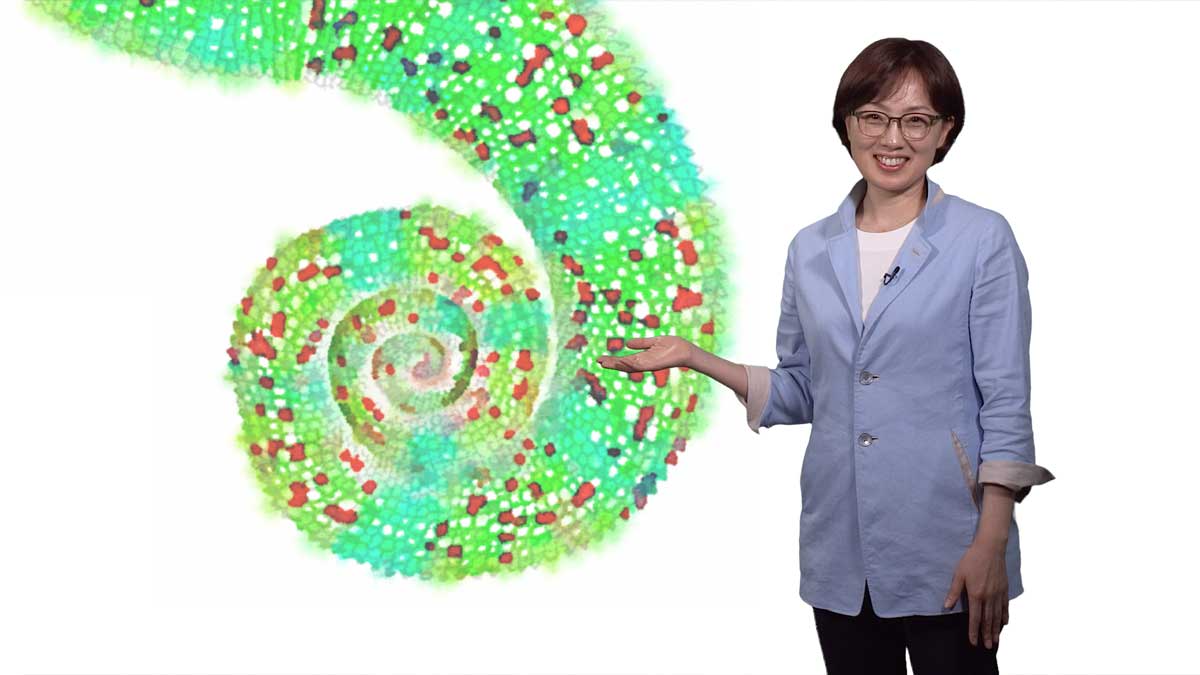





Leave a Reply